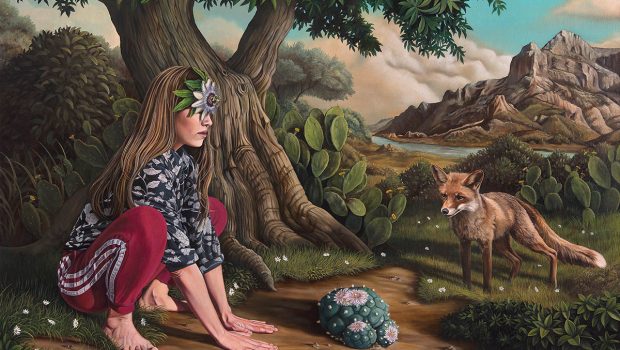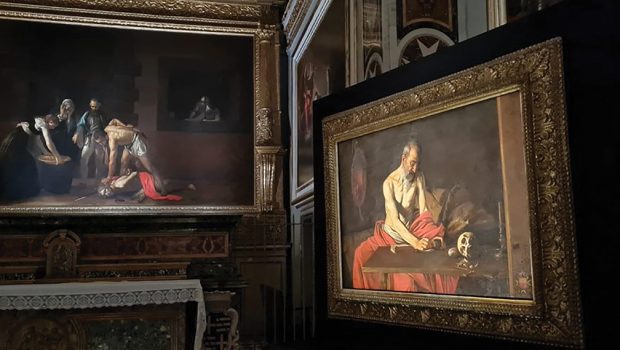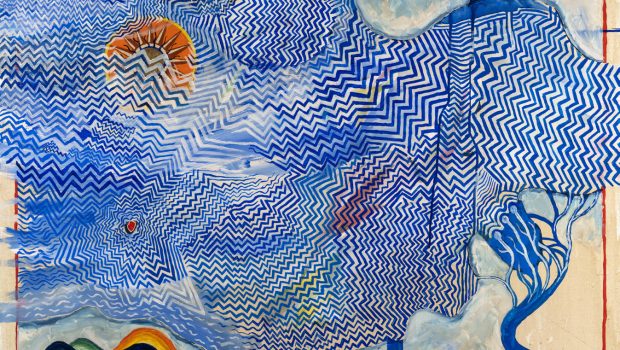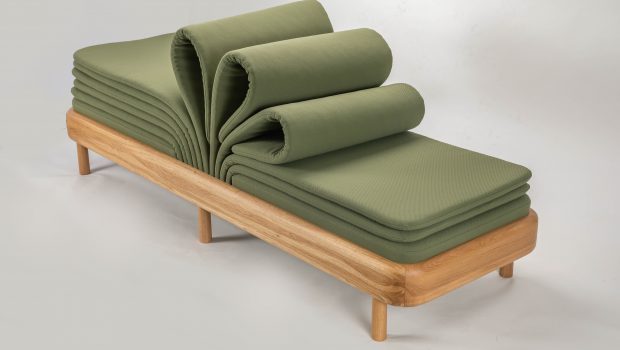The Art of Collecting
Passionate, articulate and extremely approachable, it’s little wonder that Maud Herremans-Michali has such an illustrious list of clients.
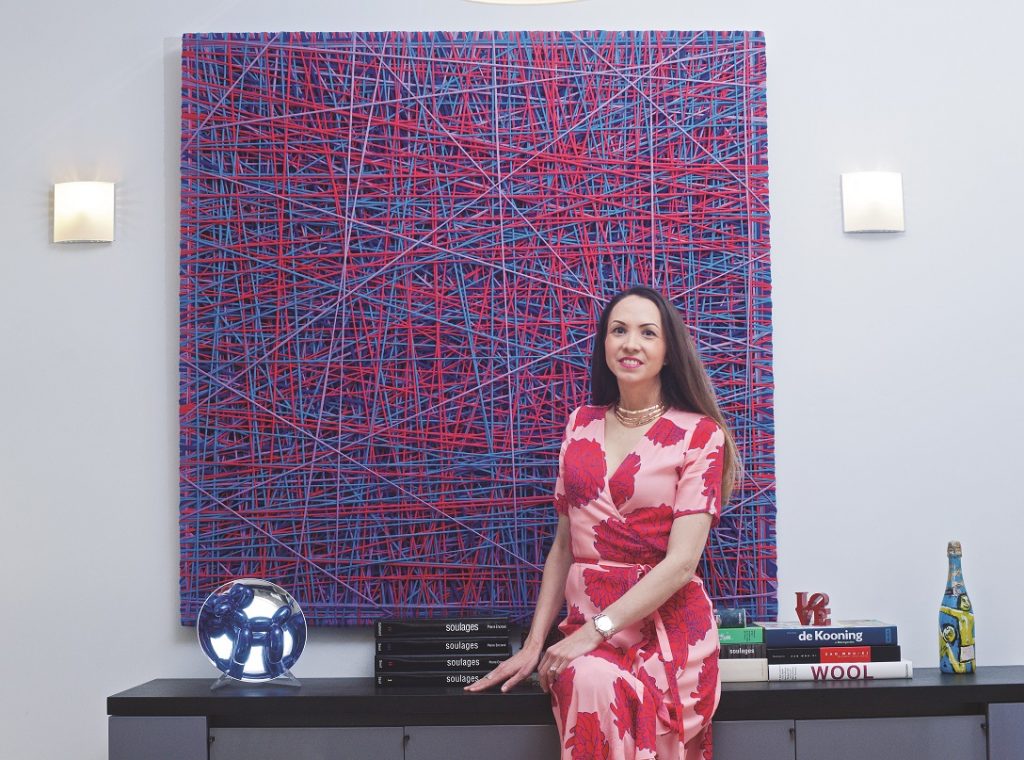
Born into the art world, Maud grew up surrounded by great beauty and it is this love that she brings to her work as a freelance art procurer and advisor. Anna Marie Galea talks to Maud about her adventures around the world, the people whom she’s met along the way and why she and her husband decided to relocate to Malta a year ago.
Why art? “My father had a gallery, so you could say that art was part of my life from day one. Whenever we travelled, we would always visit museums but growing up, I thought that I might become a politician or a journalist. In fact, I even studied science-related subjects. I eventually opted to study business at HEC Montréal Business School in Canada and went into the art world later.”
Always looking to expand her horizons, Maud went to work at Christies in Paris in 2003, moved to Sotheby’s in 2004 and spent 2005 working completely freelance until she moved to America. “I went to Miami during the 2007 Art Basel and the vibe was absolutely amazing. The only problem was that, as the season changed, so did everything else and when things died down, I found myself wanting to spread my wings again. So, in 2009 I opened a gallery on the Lower East Side in New York where we sold pieces by New York-based artists.
“The secondary market I dabbled in consisted of impressionists, post-modern and modern artists but, at the time, many buyers who would usually be interested in those genres wouldn’t be caught dead visiting the Lower East Side: they would stick to the Chelsea neighbourhood and that would be it. Now, things are very different, and the Lower East Side is booming, but at the time it was almost impossible to get people there. By the end of 2009, I closed the gallery and started to work freelance for private collectors again.”
It was around this time that Maud’s focus became even more centred on the impressionists, post-moderns and moderns. “After New York, I went to work for one of the creators of Art Price in Paris. At the time he was a private dealer at a gallery on Avenue Matignon and wanted me to manage it. I enjoyed my time in Paris but the truth is that I didn’t really want to work in the contemporary art field; to me, art-collecting is made of history and investment and with contemporary art you can never have the former. If you look at what was popular 15 years ago, only five or six of those names will still fetch money now; there’s simply too little time to be able to tell whether or not something will retain its value. With contemporary artists you can never say with certainty what will stand the test of time and what won’t.”
Having lived all around the world, Maud has a variety of stories to tell but her favourite one so far involves the famous painter, Peter Doig. “I was selling an early Peter Doig painting when I lived in New York and this particular piece was unlike what he usually paints as it was set in Manhattan. One day, a man comes in and tells me that it can’t be a Peter Doig because it’s nothing like what he usually paints, and after I confirmed that indeed it was, this man tells me that he’s from Trinidad and that Peter Doig is his neighbour. I got Doig’s details from him and contacted him myself to ask him more about the piece and being able to hear all the information from the man himself was just thrilling.
“I love how cosmopolitan the world has become and, in fact, one of the reasons why we fell in love with Malta when we came here last June was the fact that we can travel anywhere from here in a really short time. This island is blessed with so many things: we love the view of Valletta from where we live; the people have welcomed us with open arms and let’s not forget the beautiful sunny weather. I can also work here remotely with ease and help people everywhere build their own dream collections.”
So what advice does Maud have for someone wanting to start their own collection? “If you’re looking to invest, you should always go for a piece by someone who is already established. A big contemporary picture may be the same price as a small Picasso sketch, but the Picasso will always give you your money back, should you want to sell, whereas many contemporary collectors have found themselves in situations where they want to sell their pieces but there is no market for them to do so.
“Of course, what you choose to buy and invest in is entirely dependent on you and your character. Apart from buying, selling and looking for pieces for my clients, I can also help them to build their collections based on what kind of people they are, and catalogue any existing pieces they already have. I take great joy in meeting families and looking at their homes and their tastes: it’s only after this that I can help them source or choose the right piece for them personally.
“At the end of the day, they have to love the piece and live with it and I feel that it’s my duty to give a picture the right home. There are many times when I fall in love with the pieces myself and, in a sense, they become mine. In fact, when I see them on the market again to be re-sold, I always feel as if it’s my painting that is going to a new home. Ultimately, what makes me happy is to see beautiful pieces going somewhere where I know they will be appreciated: that’s what makes my job worthwhile.”

